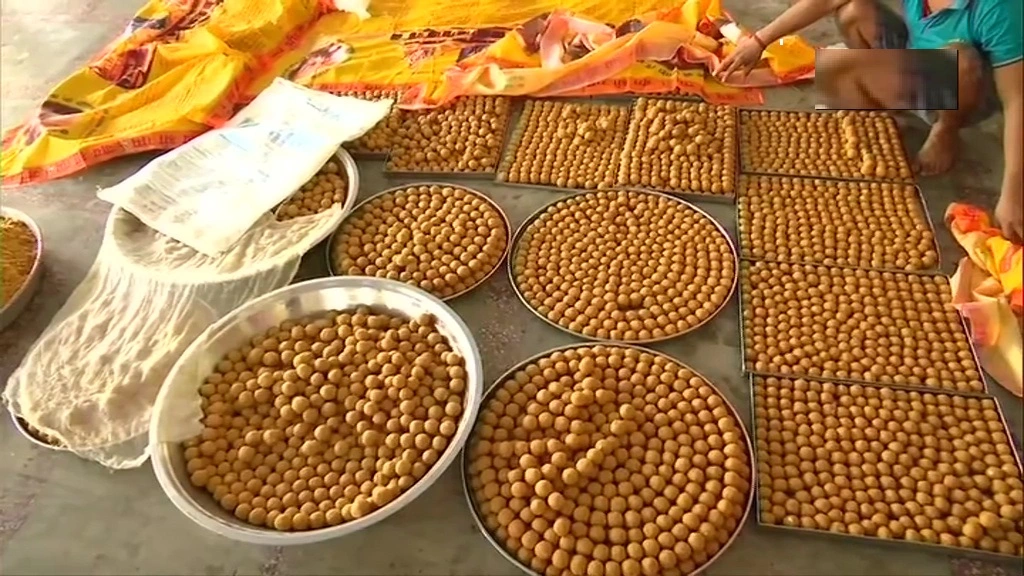The Tradition of Prasad Distribution in Ayodhya:-
Ayodhya, a city with deep spiritual roots, is not only famous for its temples and historical significance but also for the sacred tradition of Prasad distribution. Prasad, a devotional offering made to a deity, is distributed among devotees as a blessing. This article explores the significance, varieties, and cultural importance of Prasad distribution in Ayodhya.
Significance of Prasad in Ayodhya
In Ayodhya, Prasad is more than just food; it’s a symbol of divine grace. After being offered to the deities, it is believed to be sanctified, carrying the blessings of the gods.
Spiritual Connection
- Divine Blessing: Devotees consume Prasad as a holy sacrament, receiving the deity’s blessings.
- Symbol of Equality: Prasad is distributed equally among all, irrespective of social or economic status, fostering a sense of unity.
Cultural Aspect
- Tradition: Prasad distribution is an age-old practice, deeply ingrained in Ayodhya’s religious ceremonies.
- Festive Celebrations: During festivals like Diwali, Ram Navami, and others, the distribution of Prasad becomes a grand affair.
Types of Prasad in Ayodhya
Sweets and Fruits
- Common Offerings: Laddus, pedas, and seasonal fruits are popular Prasad items.
- Special Preparations: During specific festivals, unique sweets and dishes are prepared as an offering to the deities.
Savory Items
- Variety: Offerings also include savory items like puris, chana, and halwa, especially during specific poojas or rituals.
Sanctified Food from Temple Kitchens
- Bhandaras: Large-scale community feasts, where food sanctified in temple kitchens is served to thousands of devotees.
The Process of Prasad Distribution
In Temples
- After Rituals: Post the completion of rituals and poojas, Prasad is distributed among the devotees present.
- Organized Distribution: Large temples have systematic arrangements to distribute Prasad efficiently to a large number of devotees.
During Festivals and Special Occasions
- Community Participation: Local communities and volunteers actively participate in the preparation and distribution of Prasad.
- Special Stalls and Counters: Set up during major festivals for distributing Prasad to visitors and pilgrims.
Impact of Prasad’s Distribution
Promoting Communal Harmony
- Unity and Bonding: The act of sharing Prasad brings people together, fostering a sense of community and brotherhood.
Economic Aspect
- Support to Local Economy: The preparation of Prasad ingredients often supports local farmers and small businesses.
Prasad distribution in Ayodhya is a practice that transcends the act of simply sharing food. It’s a communal experience that binds individuals in a shared spiritual journey, embodying the essence of devotion and equality. This tradition not only enriches the religious experience of visitors but also plays a crucial role in maintaining the cultural fabric of Ayodhya.




